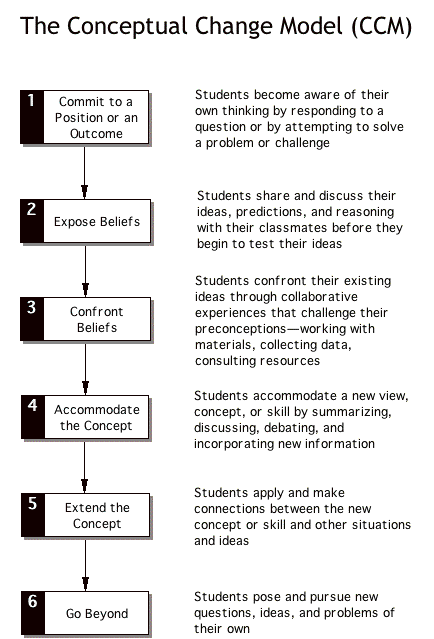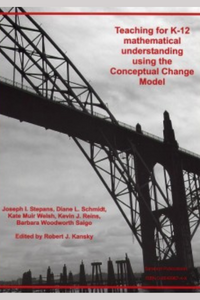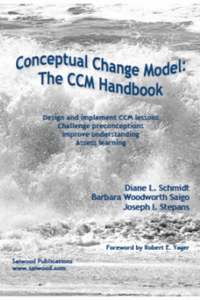Saiwood Publications
Practical strategies for successful teaching and learning
Research-backed resources for effective teaching
What is the Conceptual Change Model?

The Conceptual Change Model is a powerful six-step research-based model, synthesized by Joseph I. Stepans and used successfully by thousands of teachers and students over the past several decades.
The CCM instructional format helps students learn by actively identifying and challenging their existing conceptions and skills. CCM lessons place the students in an environment that encourages them to confront their preconceptions and then work toward resolution and conceptual change.
The diagram presents a basic overview of the Conceptual Change Model. The six steps of the CCM lead learners from explicit discovery of their own existing knowledge and the views of their classmates, through a set of targeted challenges and opportunities, to a new level of understanding that is reinforced through application and extension of ideas and skills. Ultimately, students are invited to come up with their OWN ideas and questions to test.
CCM lessons engage students in active learning, from the first step. In some cases, the challenge presented at the outset of a lesson is one for which students make reasoned predictions and estimates, or describe strategies they would use to approach the problem. They also are asked to support their views with a written statement, drawing, or physical model.
The task of confronting their views may be one that permits students to generate data to test their predictions, or otherwise work with materials, books, the Internet, demonstrations, or examples presented by the teacher. Collaborative learning is an essential component of the process. Students are encouraged to come up with and explore multiple ways of organizing and carrying out an investigation—learning to think and take leadership and ownership of an activity rather than just following strict instructions that may present only one way of doing something.



